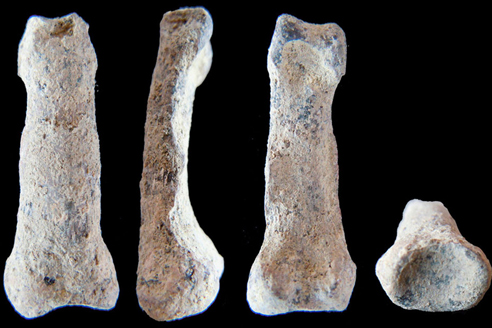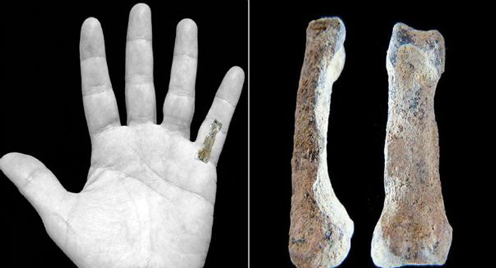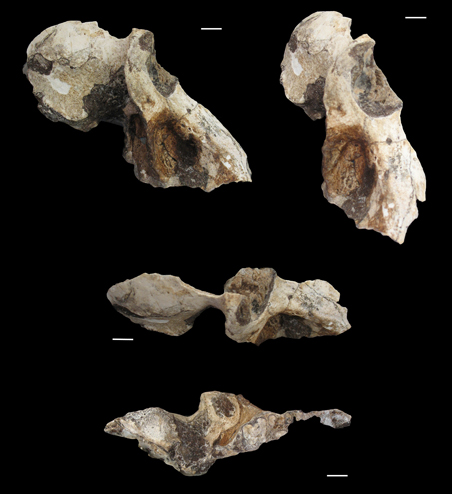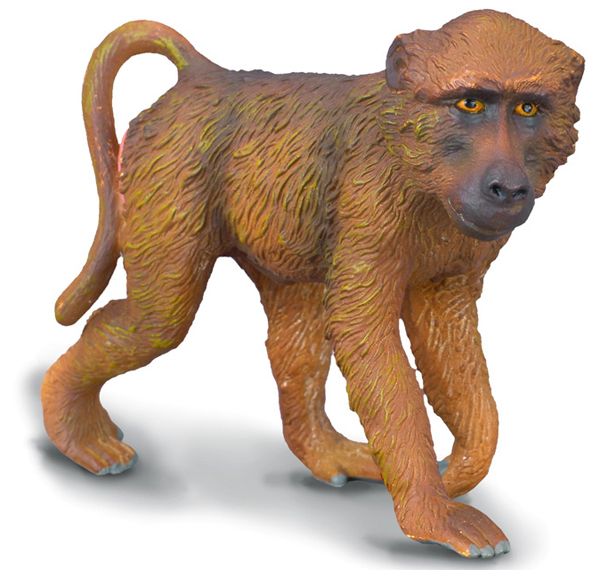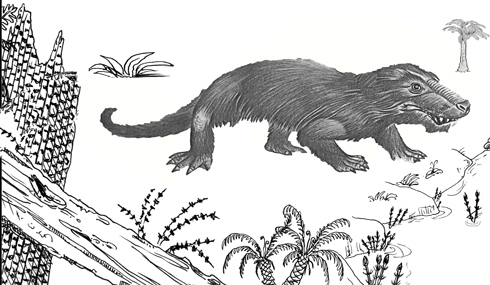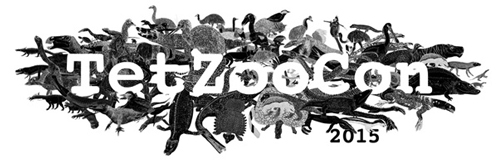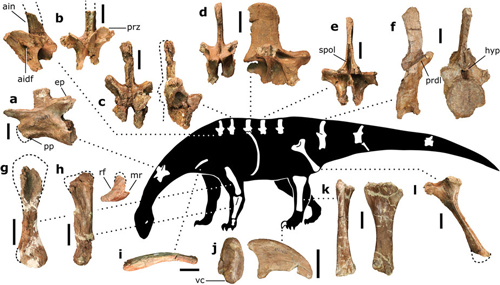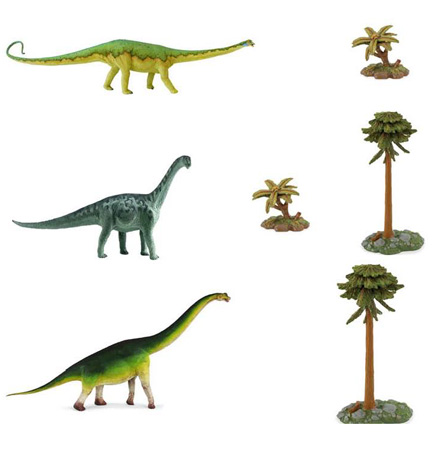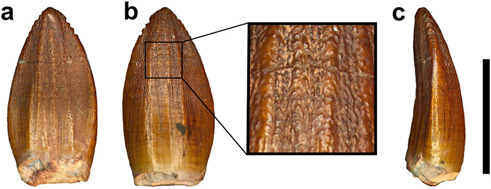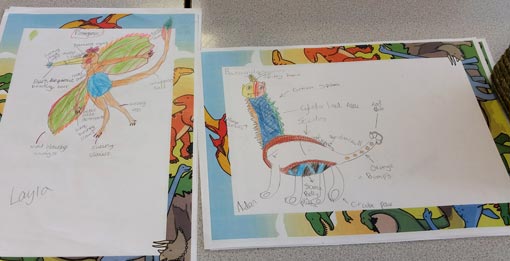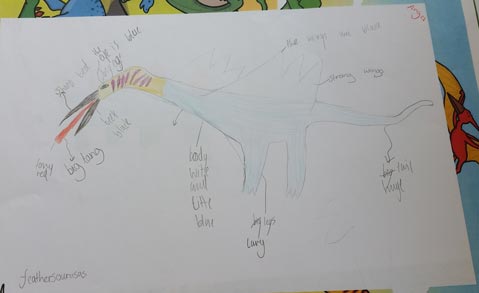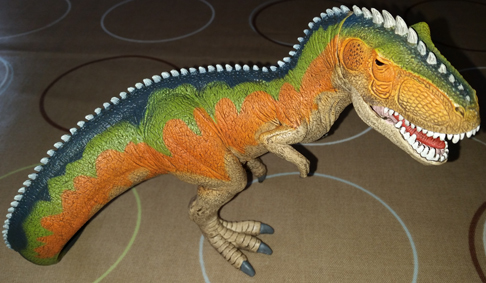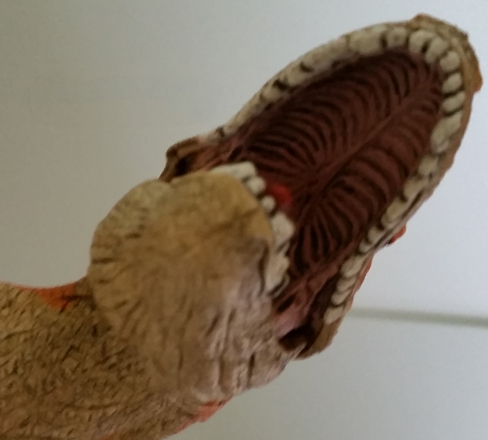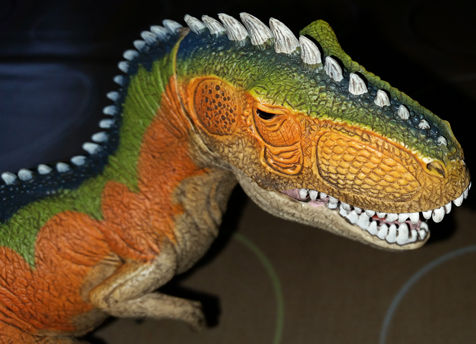Montsechia – Ancient, Aquatic Angiosperm
The origin of, arguably, the most successful of group of plants, the flowering plants (angiosperms), remains something of a mystery. The fossil record for plants in general is particularly sparse, however, a team of international scientists have identified an Early Cretaceous aquatic plant called Montsechia vidalii as a candidate for one of the earliest flowering plants known. This research, which involved examining more than a thousand fossil specimens, has implications for the way in which palaeontologists think how flowering plants first evolved and which were the first habitats that they established themselves in.
Montsechia vidalii
Indiana University palaeobotanist David Dilcher, appropriately based at the Bloomington campus, is one of the authors of the scientific study which has just been published in the “Proceedings of the National Academy of Sciences.” The fossils in question, come from fine-grained, lithographic limestone formations of the Pyrenees (Montsec Range) on the Spanish side of the border between France and Spain. The delicate plant fossils have been studied for over one hundred years but it is only very recently that their potential significance and the implications for the evolution of flowering plants has begun to be realised.
A Beautifully Preserved Specimen of Montsechia vidalii
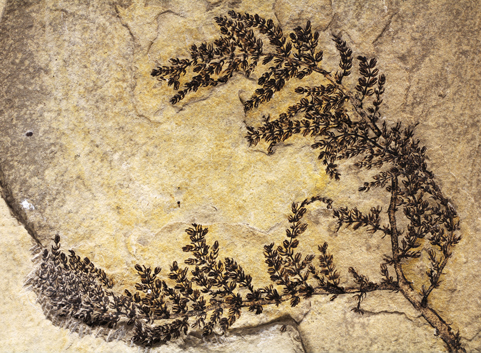
Early Cretaceous flowering water plant.
Picture credit: Bernard Gomez
Early Cretaceous Freshwater Plant
Using the fossilised remains of freshwater, microscopic algae (Charophytes) the plant fossils have been dated to the Barremian faunal stage of the Early Cretaceous, making these water plants something like 130 to 124 million years old. This is an example of fossils being used to estimate the relative age of different rock strata (biostratigraphy).
Emeritus Professor David Dilcher explained the significance of identifying M. vidalii as an angiosperm. He stated:
“This discovery raises significant questions about the early evolutionary history of flowering plants, as well as the role of these plants in the evolution of other plant and animal life.”
When Did Flowering Plants Evolve?
As to exactly when the first flowering plants evolved the debate remains, for example, back in 2013, Everything Dinosaur team members wrote an article about a study undertaken by the Geological Consulting & Services of Ober-Ramstadt (Germany) and the University of Zurich which proposed that the first angiosperms could have evolved more than 24o million years ago.
To read this article: Saying it with Flowers 100 Million Years Early.
The scientists who studied the Spanish fossils included researchers from the Universities of Barcelona and Lyon as well as personnel from the Leibniz Institute for Evolution and Biodiversity Science, (Berlin). They make M. vidalii contemporaneous with the ancient water plant known as Archaefructus, fossils of which come from north-eastern China.
Emeritus Professor David Dilcher a Leading Authority on Ancient Flowering Plants

A leading researcher into the origins of flowering plants.
Picture credit: University of Indiana
Limestone Matrix Dissolved with Acid
In order to reveal the minute details of the plant’s structures, vital in assigning Montsechia vidalii to the flowering plant Order, the researchers applied tiny drops of hydrochloric acid to dissolve away the limestone matrix. The plant’s cuticles, the protective film covering the leaves that reveals their shape was carefully bleached away in a separate process using a mixture of nitric acid and potassium chlorate.
A Magnified View of the Plant Structures
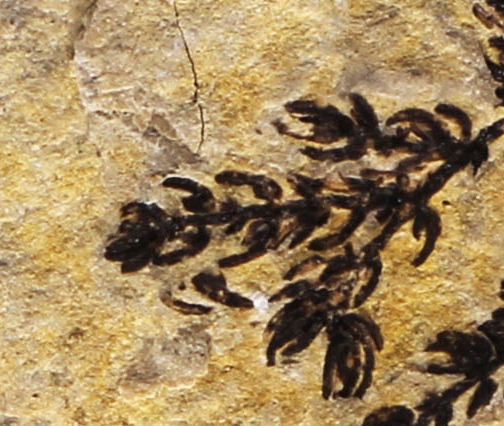
A close up view of some of the plant fossils.
Picture credit: Bernard Gomez/Everything Dinosaur
Careful Observation and Study of Montsechia
This careful examination was particularly important to Montsechia since most modern observers might not even recognize the fossil as a flowering plant. David, who completed his doctorate at Yale University in 1964, has dedicated much of his research into unravelling the history of ancient plant-life went on to add:
“Montsechia possesses no obvious “flower parts”, such as petals or nectar-producing structures for attracting insects, and lives out its entire life cycle under water. The fruit contains a single seed – the defining characteristic of an angiosperm.”
Identifying the defining characteristics of an angiosperm is notoriously a tricky business. Several botanical features common in the angiosperms are also found in many other sub-branches (no pun intended), of the Plantae Kingdom.
The lack of fossils hampers scientists in their bid to help unravel the evolutionary relationship between flowering plants and older types of plant. For example, a number of palaeobotanists have proposed that some pteridosperms (seed ferns) are ancestral to the angiosperms. Pteridosperms are regarded as gymnosperms, this term means “naked seed”, as these plants are characterised by not enclosing their seeds in a protective outer covering (the carpel).
However, since the carpel, is designed to protect the unfertilised seeds within it, it tends to be tough and it is these carpel remains that have helped researchers to slowly piece together a fragmentary picture of the origins of flowering plants – a vitally important plant group to us humans as most of the plants we consume are angiosperms.
Resembling a Hornwort
When the visual appearance of Montsechia is considered, David Dilcher stated that it resembles its most modern descendent, identified in the study as Ceratophyllum, commonly known as “hornworts”. Ceratophyllum is a dark green aquatic plant which is often planted in ponds and aquaria as it provides shelter to wildlife as well as oxygenating the water.
An Illustration of Montsechia vidalii Including Seed Diagrams
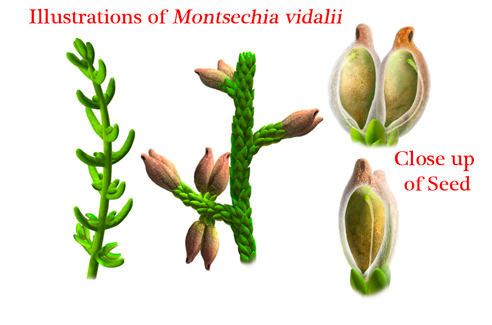
A hardy Early Cretaceous water plant.
Picture credit: Oscar Sanisidro with additional annotation by Everything Dinosaur
Despite the great difficulties in exposing the fine structures of the plants, the researchers are determined to press on with their studies. Their next targets are to explore in more detail the phylogenetic relationship between Montsechia and its modern counterparts and to develop a better understanding of precisely when other species of angiosperms branched off from their ancestral forms.
Stressing the importance of this research, the Emeritus Professor concluded:
“There’s still much to be discovered about how a few early species of seed-bearing plants eventually gave rise to the enormous, and beautiful, variety of flowers that now populate nearly every environment on Earth.”


